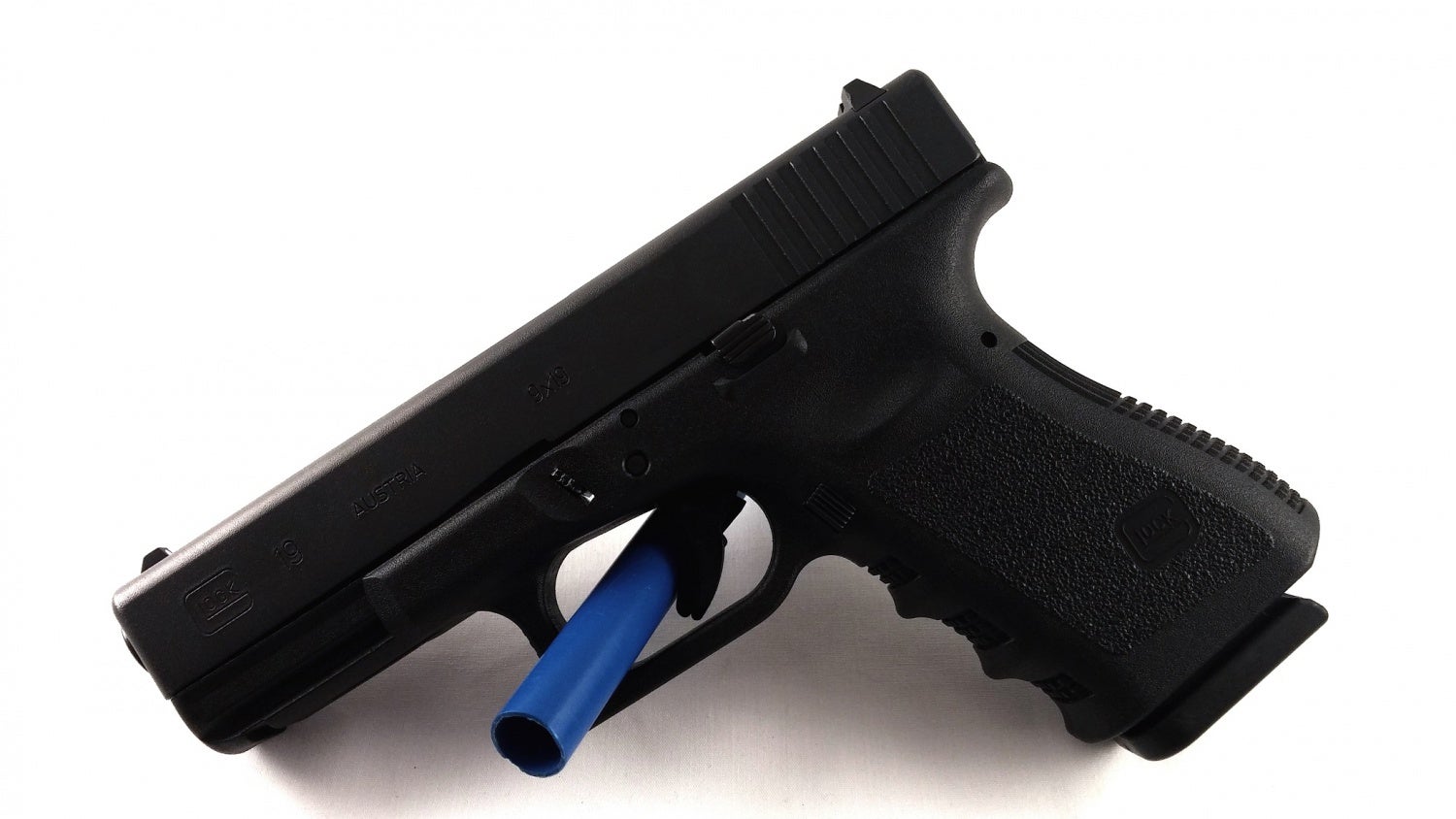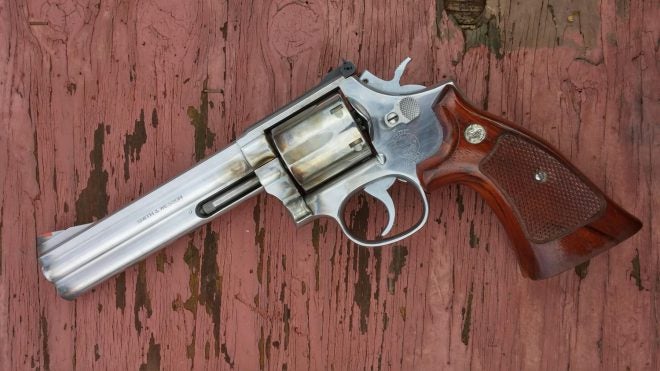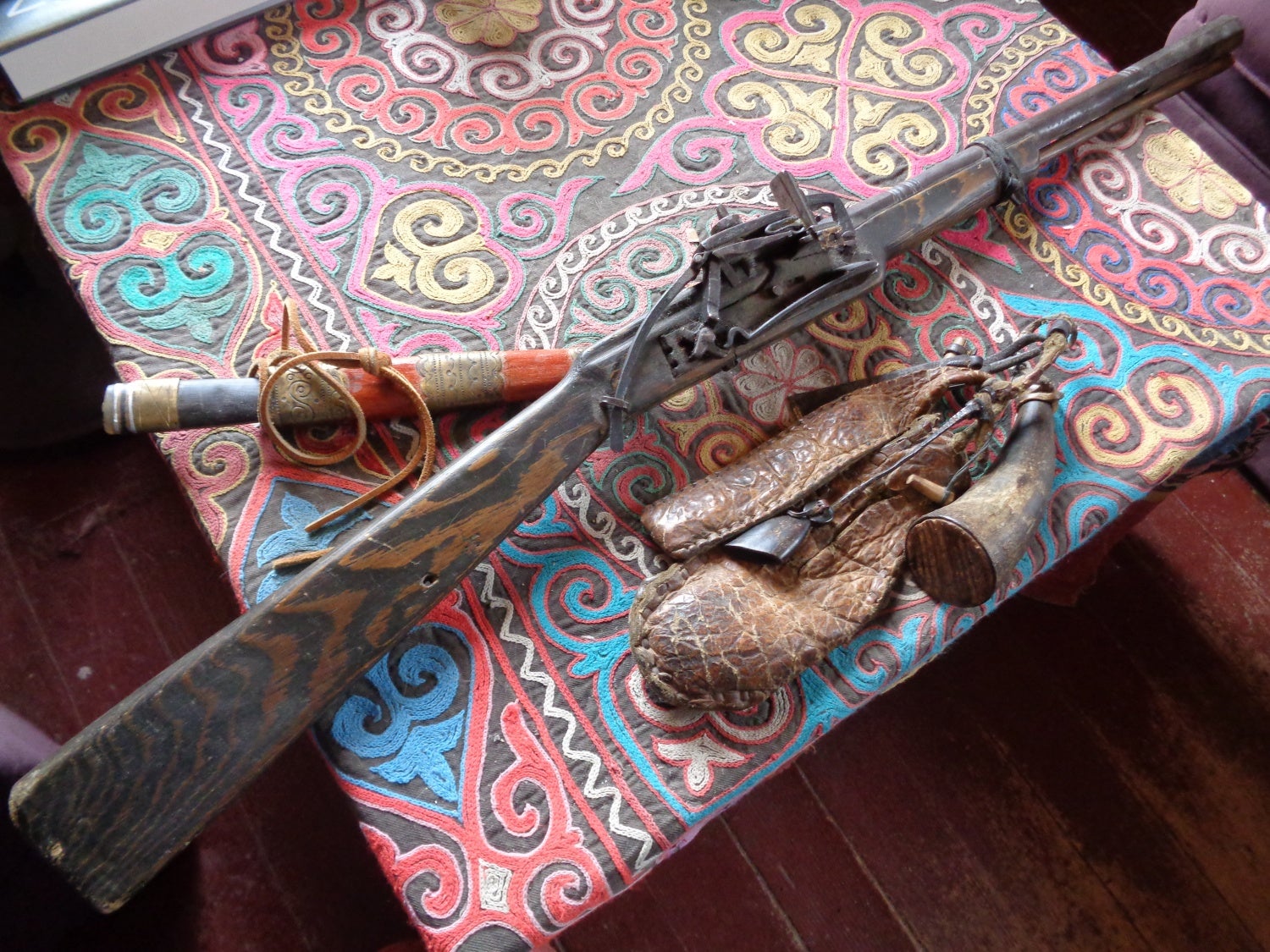As we ride the shockwaves outward from the epicenter of the explosion which began in 2004 with the expiry of the Assault Weapons Ban, our community of gun owners has rapidly mutated from the set that characterized our parents’ and grandparents’ generations. Many good things have come out of this, including better gun safety practices, wider acceptance of different shooting styles and disciplines, and such a ubiquitous access to reliable information that shooters even a couple decades ago would weep with envy. However, at the same time I’ve seen one change that I’d rather go without: Along with acceptance of the new and different (which is good), it seems many of today’s gun owners have also adopted an insistence on the most and the best.
Today, we see civilians clad in military web gear with multi-thousand-dollar rifle setups when the closest they’ll get to needing that gear is in their neighborhood watch. We see deer hunters with “scout rifles” designed to fight UN blue helmets at 600 meters, when Bambi hardly ever strays more than half a football field away. We see an endless worrying on forums and comments sections about “what’s the best?”, when ‘the best’ would make no difference to the person asking.
All this sounds very condemnatory, but don’t get me wrong: I think it is wonderful that gun owners by and large have the option to do what they want, buy what they want, protect themselves how they want, and hunt Bambi with whatever they want. Far from wanting to take away from that, I want to add to it: I want to throw in the concept of “good enough”. The idea that if you don’t want to use the latest and greatest for whatever it is you’re doing, well that’s just fine, too.
Given the fact that the “gun community” is actually a great number of people with different kinds of behavior and thoughts and likes and dislikes, what I’m saying is a huge generalization that needs quite a bit of clarification. Since the mid/late 19th Century, most new firearms have been breechloading cartridge firing types, which are able to be quickly reloaded. A skilled shooter can reload and fire even a single shot rifle quite quickly, and the (at least theoretical) speed of a trained gunman with a six-shooter has been established since the 1870s. In fact, in 1928 – almost 40 years after the invention of the automatic pistol – gunwriter and experimenter Elmer Keith was still suggesting a single action revolver as the “ideal” general purpose handgun. However much better modern firearms are compared to these early cartridge-firing types (and they are much, much better), the older weapons are still very deadly, and quick-firing in absolute terms.
I know hunters who will insist on “nothing less” than magnum rifle rounds for hunting whitetail deer, even though some members of their grandparents’ generation would have thought a .32-20 WCF with less than a tenth the power was adequate for that game. This doesn’t mean that .32-20 is the ideal deer round any more than it means that one must use a .300 Winchester Magnum on that 8-point, but I think it illustrates how gun owners have not only evolved, but co-evolved with the marketing that sells them their guns. This isn’t a bad thing at all; blogger and product tester Andrew Tuohy once said that we reached “peak handgun” with the Glock 19, and today we have equally excellent handguns made by companies like Smith & Wesson, Ruger, Walther, H&K, and others, keeping each other honest and competitive. We’re seeing a wonderful thing here, and one that not only coexists happily with marketing, but is made possible by it. Following this, though, is some portion of the shooting world that takes marketing at face value, that accepts the hype as gospel, and as a result… Goes out and buys a .300 Remington Ultra Mag to hunt deer for the first time. This side-effect of capitalism has created – or probably more accurately fed into – a kind of gun owner who won’t settle for less than the best, regardless of how irrelevant “the best” is to him or her.

The Glock handgun is an excellent weapon that spawned an entire generation of equally excellent new pistols to compete with it.
Many of these people are vocal, taking to aforementioned social media outlets like forums and comments sections to spread the word of whatever their interpretation of “the best” is, which can in higher concentrations stifle or crowd out those who don’t think the same way. As a natural consequence, we’ve seen a reaction to this “only the best” cadre, which has manifested as defensiveness on the part of those who favor those older weapons. A recent video about the host’s dislike of lever-actions by TFBTV put this defensiveness on display: Legions of lever action fans took to the comments to prove that the type was still not only relevant, but in fact the best choice for some tasks. These arguments – however valid they were – all seemed to accept the premise that these rifles needed to be the best to still do their jobs (which they have been doing for a century and a half!); an assumption that when spoken aloud seems as though it can only originate from marketing pamphlets and gunrag advertisements. Why on Earth should it matter if a certain kind of gun is “the best” at what it does to any enthusiast of the type? What is the purpose for internalizing this attitude of “the best or bust”, especially when one finds their greatest affinity in old, storied artifacts that have been steeped in a hundred or more years of history and culture?
One of the words that comes up regularly in this extended conversation about the levergun and other older kinds of firearm is “viable”, a word that has since the rise of the besters become a talking point for virtually any old firearm that still has utility. “Leverguns are still viable!” the lever fan shouts, metaphorically beating his fists against the chests of the bester mafia goon he imagines standing there, ready to take his Winchester ’94 and replace it with a cold, dark lump of aluminum and polymer that reads “BCM” on the side. “Viable” used this way is a sort of weasel word, originating from who knows what gunrag article that proclaimed the “viability” of whatever Trapdoor replica whose maker had paid for the ad space that month. Literally, the word “viable” means “feasible” or “capable of living”; in the medical field the word is used to describe a patient who is expected to survive, and in that context it doesn’t seem like the most flattering adjective to apply to a firearm. Yet, in the gun world, “viable” is used as a soft stand-in for “competitive” in conversations where the speaker feels he must prove the worth of a weapon that has existed and been used for close to or often over a century!
The answer to the question “is [insert gun here] viable?” is of course “yes”; these seasoned designs are the most time tested and proven weapons that exist today! Just because a newer weapon is – naturally – improved, doesn’t make the older weapon any less deadly than it was on the day it was invented. These questions and the thumping answers that follow them don’t seem like real statements about the weapons they concern, but rather shields against the inevitable torrent of molle-wearing, WSM-shooting besters whom many fear will show up to purge the heretics and burn anything with a wood stock in a pyre to the gods of polymer and black. But, this whole war of words is false; neither is the latest and greatest rifle “too much” for decent men, nor are the weapons of our grandfathers any less capable than they were in their day. In the march forward, we’ve made such awesome progress, but in some ways we’ve also left behind what our fathers knew: That “good enough” is more than enough. Let’s hear, just a little bit, the words of the snaplock-armed Mongolian hunter:
Our fathers and grandfathers did not know caplock guns, but they shot more game than we ever could; thus, it would not be appropriate to acquire what we are not accustomed to, and what we are not good enough for.
 Your Privacy Choices
Your Privacy Choices

